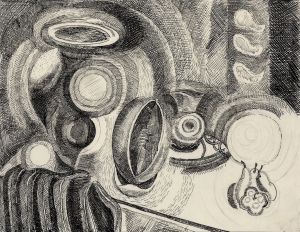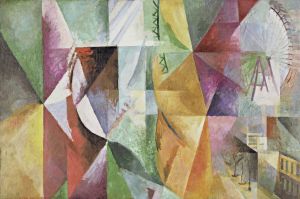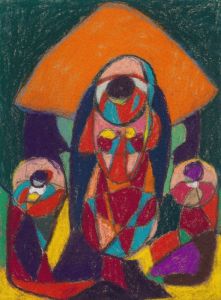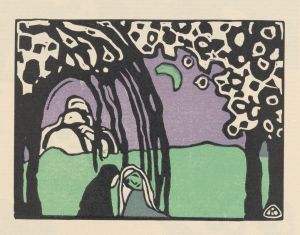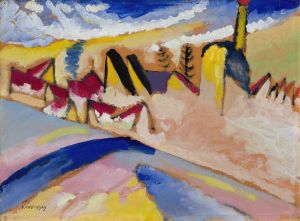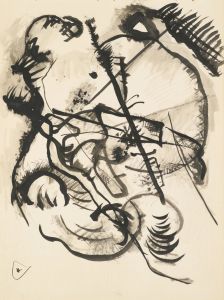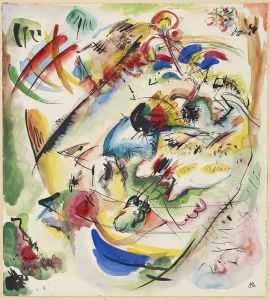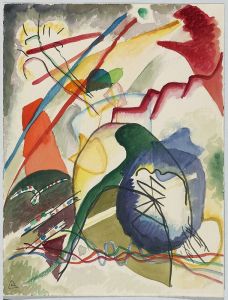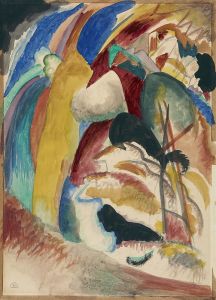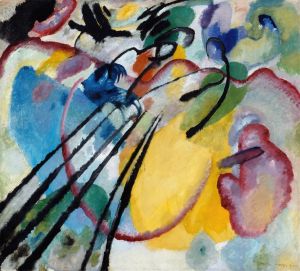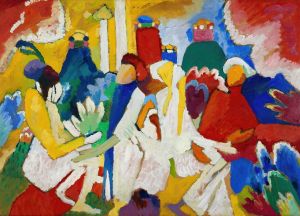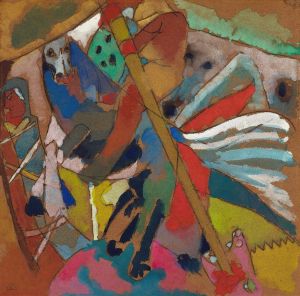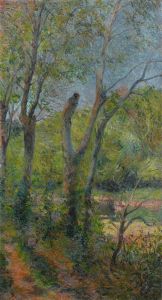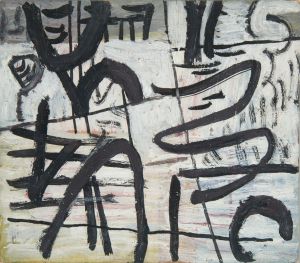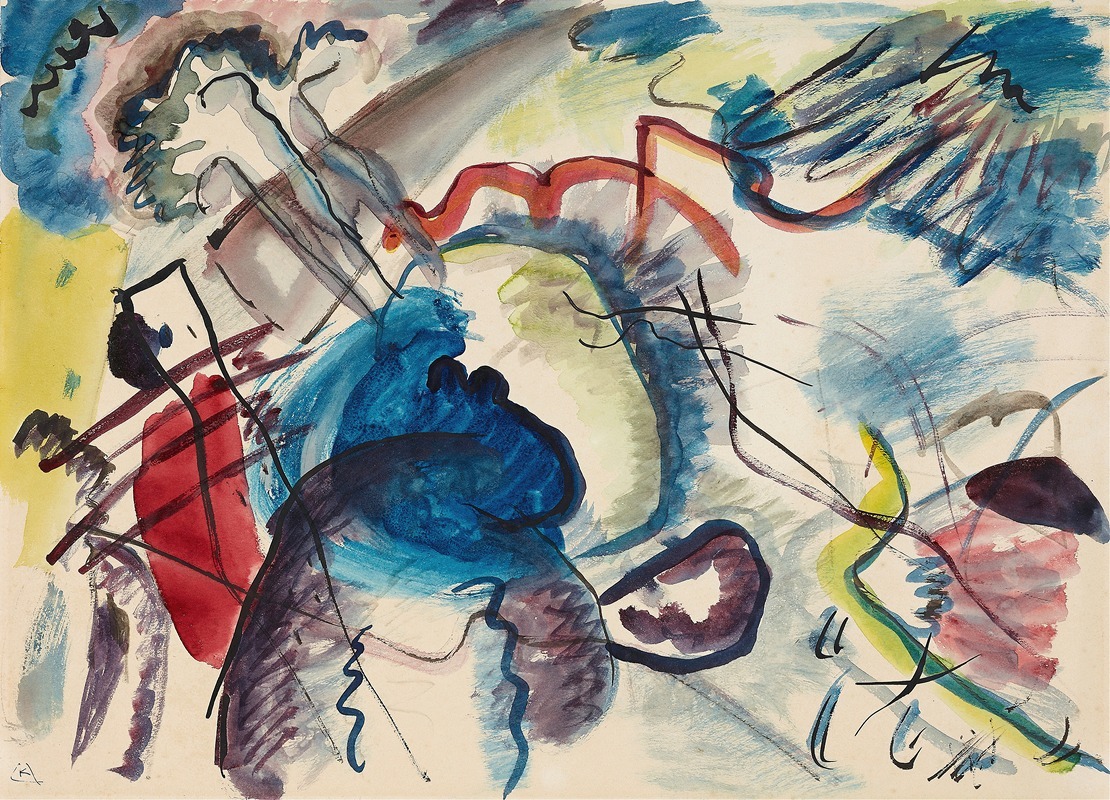
Draft for ‘Picture with a white border’
A hand-painted replica of Wassily Kandinsky’s masterpiece Draft for ‘Picture with a white border’, meticulously crafted by professional artists to capture the true essence of the original. Each piece is created with museum-quality canvas and rare mineral pigments, carefully painted by experienced artists with delicate brushstrokes and rich, layered colors to perfectly recreate the texture of the original artwork. Unlike machine-printed reproductions, this hand-painted version brings the painting to life, infused with the artist’s emotions and skill in every stroke. Whether for personal collection or home decoration, it instantly elevates the artistic atmosphere of any space.
"Picture with a White Border" is a notable painting by the Russian artist Wassily Kandinsky, created in 1913. Kandinsky is often credited as a pioneer of abstract art, and this work exemplifies his innovative approach to color and form. The painting is part of a series of works that Kandinsky produced during a period of intense creativity and experimentation, just before the outbreak of World War I.
Kandinsky was deeply influenced by his synesthetic experiences, where he could perceive colors as sounds and vice versa. This unique perception played a significant role in his artistic process, allowing him to explore the emotional and spiritual effects of color and composition. "Picture with a White Border" reflects these interests, as it is characterized by a dynamic interplay of vibrant colors and abstract shapes, all framed by a distinctive white border.
The painting was created during Kandinsky's time in Munich, where he was involved with the Blaue Reiter (Blue Rider) group, an association of artists who shared an interest in expressing spiritual truths through their art. The group was co-founded by Kandinsky and Franz Marc in 1911, and it included other notable artists such as August Macke and Gabriele Münter. The Blaue Reiter artists were known for their use of bold colors and their rejection of traditional artistic conventions, which is evident in Kandinsky's work.
"Picture with a White Border" is often analyzed in the context of Kandinsky's theoretical writings, particularly his book "Concerning the Spiritual in Art," published in 1911. In this text, Kandinsky articulated his belief in the spiritual power of art and the potential for abstract forms to convey profound emotional and spiritual experiences. The painting embodies these ideas, as it eschews representational forms in favor of an abstract composition that invites viewers to engage with it on an emotional and intuitive level.
The white border in the painting serves as a framing device, setting off the vibrant colors and forms within. This element can be seen as a metaphorical boundary, separating the inner world of the painting from the external reality. The border also emphasizes the painting's composition, drawing attention to the interplay of colors and shapes within the frame.
"Picture with a White Border" is housed in the Solomon R. Guggenheim Museum in New York City, where it is part of the museum's extensive collection of Kandinsky's works. The painting is considered a significant example of Kandinsky's mature style and his contributions to the development of abstract art.
Kandinsky's work, including "Picture with a White Border," continues to be celebrated for its innovative use of color and form, as well as its exploration of the spiritual dimensions of art. His legacy as a pioneer of abstraction has had a lasting impact on the course of modern art, influencing countless artists and movements throughout the 20th century and beyond.





